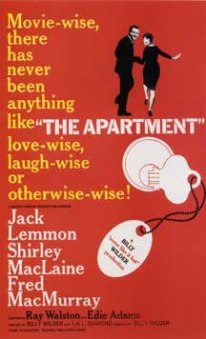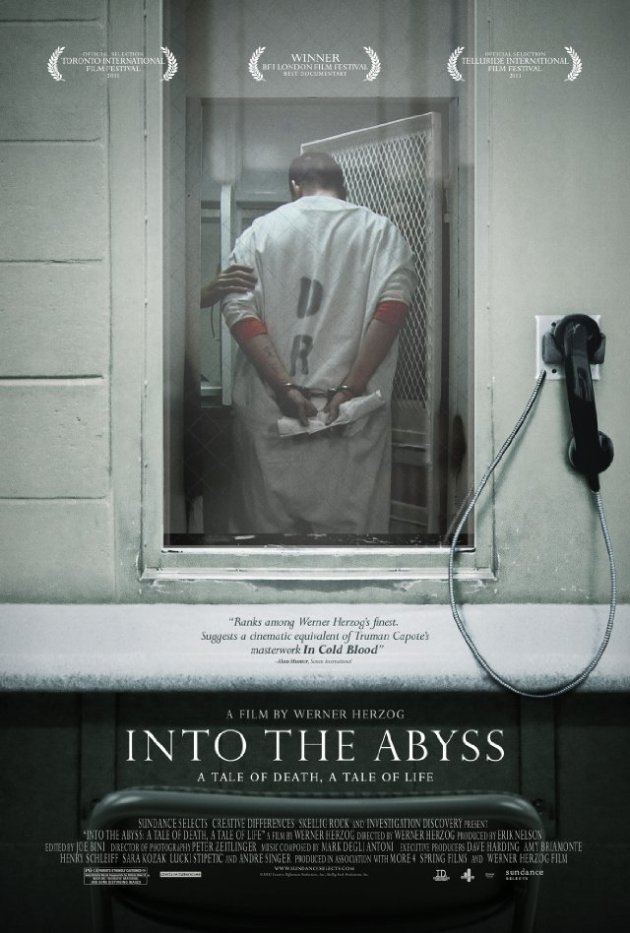In cinema production we were tasked with creating an experimental film. Experimental films are not my favorite form of video production; however, I ended up having a lot of fun with this one. It was freeing to be able to just focus on what visuals mean to a viewer. For this piece I had to choose a poem to be inspired by. I ended up choosing the poem “The Art of Poetry” written by Latin American poet Jorge Luis Borges.
To gaze at a river made of time and water
and remember Time is another river.
To know we stray like a river
and our faces vanish like water.
To feel that waking is another dream
that dreams of not dreaming and that the death
we fear in our bones is the death
that every night we call a dream.
To see in every day and year a symbol
of all the days of man and his years,
and convert the outrage of the years
into a music, a sound, and a symbol.
To see in death a dream, in the sunset
a golden sadness–such is poetry,
humble and immortal, poetry,
returning, like dawn and the sunset.
Sometimes at evening there’s a face
that sees us from the deeps of a mirror.
Art must be that sort of mirror,
disclosing to each of us his face.
They say Ulysses, wearied of wonders,
wept with love on seeing Ithaca,
humble and green. Art is that Ithaca,
a green eternity, not wonders.
Art is endless like a river flowing,
passing, yet remaining, a mirror to the same
inconstant Heraclitus, who is the same
and yet another, like the river flowing.
I chose this poem because of the visual cues it gave me. There is a lot of words throughout the poem that inspired certain images in my mind (river, flowing, mirror, face, time).
The poem speaks about what a poem can do for it’s reader. I tried to capture what Borges was saying in his piece. He describes art as an endless river that flows alongside other rivers.
I believe that Borges is trying to communicate that there are multiple facets of art that can be explored by artists and the people that view their work – there is no single identity to a work of art.
The viewer should see this piece as an extension of Borges poem or merely a visual aid to the poem.
Here is a link to the work




